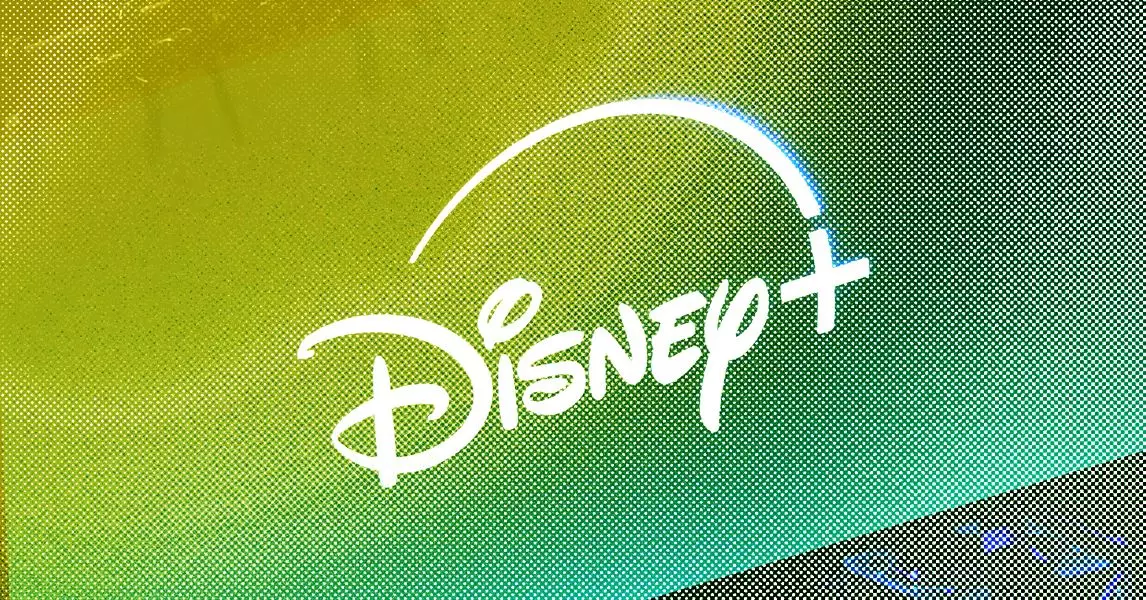The advent of artificial intelligence has undeniably transformed several industries, and the world of publishing is front and center in this revolution. Digital content has exploded in availability, with AI systems generating everything from articles and blogs to social media posts. As beneficial as this might seem, especially in terms of efficiency and lowered production costs, it is crucial to zero in on the darker side: the proliferation of what has been dubbed “AI slop.” This term refers to the low-quality content that AI generates—writing that lacks thoughtfulness, depth, and often authenticity. In an age where people crave meaningful connections and insightful analysis, AI content can easily disappoint, leaving readers feeling unfulfilled.
The appearance of AI-generated content in our feeds can be alarming. It masquerades as legitimate journalism and creative work, though it invariably lacks the nuance that characterizes human-made articles. We are navigating an era wherein dubious works—often cobbled together from bits and pieces of reliable sources—blur the lines of credibility. Instances of phony titles, misrepresented facts, and shoddy attributions can be found, raising ethical concerns about the validity of what we read. It begs the question: what happens to journalism’s integrity when algorithms can churn out “articles” that resemble the real thing but are mere echoes of genuine thought?
The Aesthetics of AI Slop
Often, the content generated by AI possesses a particular aesthetic that can be described as uninspired or formulaic. This notion ties back to the concept of “enshittification,” a term coined by digital rights advocate Cory Doctorow to describe the gradual degradation of quality on the internet. As we consume and interact with increasing volumes of AI slop online, we must recognize that this diminishes our overall digital experience. While some might find amusement in humorous examples of AI-generated imagery—such as politicians or historical figures engaging in absurd scenarios—the laughter belies a deeper concern.
The risk here is that the prevalence of low-quality AI content can desensitize us to the very real consequences it can inflict upon our societal discourse. When meme-ified images of politicians and fictional interactions between historical figures proliferate, they form a backdrop against which misinformation can easily spread. The more we engage with these frivolous representations, the more legitimate information risks being overshadowed.
Ethical Implications and Misinformation
Misinformation is a persistent issue, yet AI slop compounds the peril significantly. Current events, particularly those unfolding in the geopolitical sphere, have too often been accompanied by AI-generated content that fans the flames of discord rather than contributing to constructive conversation. The instances where public figures—politicians, activists, and influencers—share blatantly false content underline a troubling syndrome. When such misinformation is incorporated into mainstream dialogue, it poses existential threats to journalism, as editorial standards and fact-checking become casualties in the quest for virality.
As audience members consume content that glibly represents complex issues, they might unknowingly accept it as truth. This profoundly undermines our media ecosystem, as trust starts to erode. Journalism serves a purpose that goes beyond mere information dissemination; it fosters an informed citizenry capable of making sound decisions. Discomfort lurks behind the humor of AI slop, as dedicated journalists grapple with maintaining public trust amid this unsettling landscape.
Adapting to Change: Opportunity Amidst Chaos
Despite the turmoil sparked by AI-generated content, it proves essential for content creators and publishers to adapt. Interestingly, some platforms, like LinkedIn, appear to thrive amidst the AI landscape. The prevalence of AI-generated posts—over half of the longer articles appearing on this professional networking site—indicates a peculiar relationship between generative technology and user engagement. While this might denote a shift in the kind of content that garners attention, it raises pressing questions regarding quality and originality.
It’s imperative for writers and editors to recommit to authenticity and quality in their work. The challenge lies not only in fending off AI slop but in reassessing how we present and filter information to our audiences. Platforms must establish clearer standards that prioritize substantive content over banal, recycled material. As we brace for further developments in AI technology, the onus falls on creators and readers alike to navigate the murky waters ahead, ensuring that the quest for engagement does not come at the cost of integrity.
In an environment woven with contradictions, the rise of AI serves as both a catalyst for innovation and a specter of complacency. As we stand at this crossroads, one fact remains clear: the conversation surrounding the use of AI in content creation is only just beginning. To preserve the value and authenticity of published work, all stakeholders—writers, editors, and audiences—must remain vigilant and proactive in cultivating a systems-based approach that champion quality over quantity.

